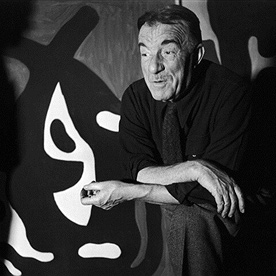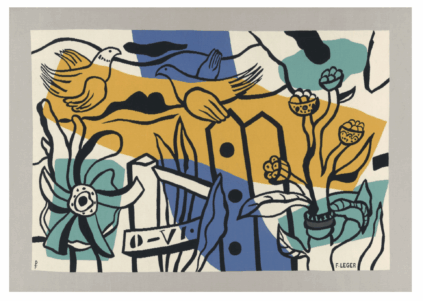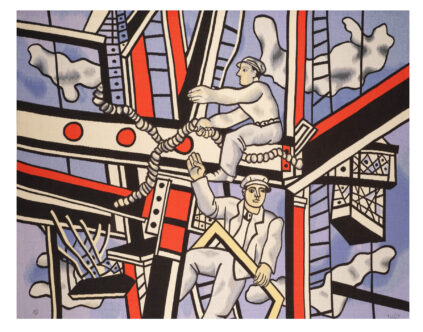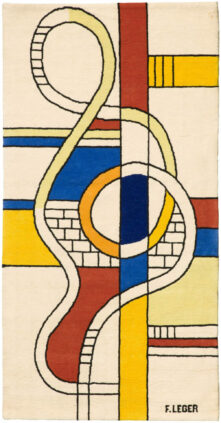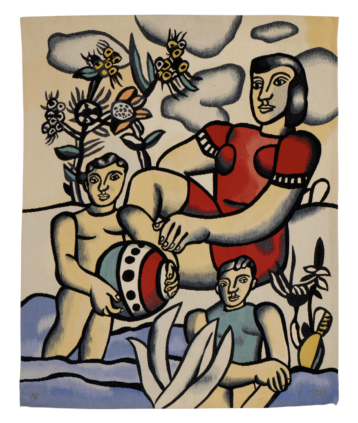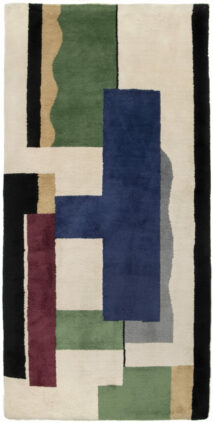Fernand Léger
Artworks
Biography
Fernand Léger and the Art of Tapestry: A Dialogue between Modernism and Craftsmanship
Fernand Léger (1881-1955) is one of the pioneers of modernism, famous for his unique approach to painting, which fuses abstraction and figuration through geometric forms and vivid colors. His work, marked by the influence of Cubism, extends beyond canvas to encompass a variety of media, including tapestry.
In the 1930s, Léger discovered the potential of tapestry as a means of artistic expression. His collaboration with renowned workshops, notably the Manufacture des Gobelins, enabled him to adapt his bold motifs and dynamic compositions into monumental textile pieces. The artist seeks to translate her modern vision using texture and color to create vibrant works that integrate harmoniously into space.
A significant part of his work in tapestry lies in his ability to transform his paintings into works of textile art, thus broadening his scope and the potential of this medium. Emblematic pieces such as Les Constructeurs, produced in the 1950s, illustrate his characteristic style, blending stylized figures and abstract elements. These tapestries reflect not only his visual language, but also his commitment to making art an integral part of everyday life.
Léger also collaborated with influential figures of his time, such as Marie Cuttoli, who played a key role in the revival of tapestry art. Together, they explored how tapestry could reflect modern ideas while retaining an artisanal quality. Léger firmly believed that art should be accessible and relevant, and his textile creations embody this vision.
The importance of his work in this field was underlined by the landmark exhibition of Léger’s tapestries at the Palais de la Méditerranée in Nice in 1962. This exhibition celebrated his innovation and creativity, while highlighting the place of tapestry in modern art.
Today, the Musée Fernand Léger in Biot plays a crucial role in preserving and promoting the artist’s work, notably through its extensive collection of tapestries. The museum is a meeting place for art, history and design, enabling visitors to appreciate how Léger integrated his tapestries into his overall artistic vision.
Fernand Léger’s tapestries are renowned for their innovation and beauty, and continue to inspire art and design enthusiasts. They illustrate how textile art can capture the essence of a great master of modernism while enriching our everyday aesthetic experience. Discover our collection of Fernand Léger tapestries and explore how this iconic artist redefined tapestry as a true art form in its own right.
